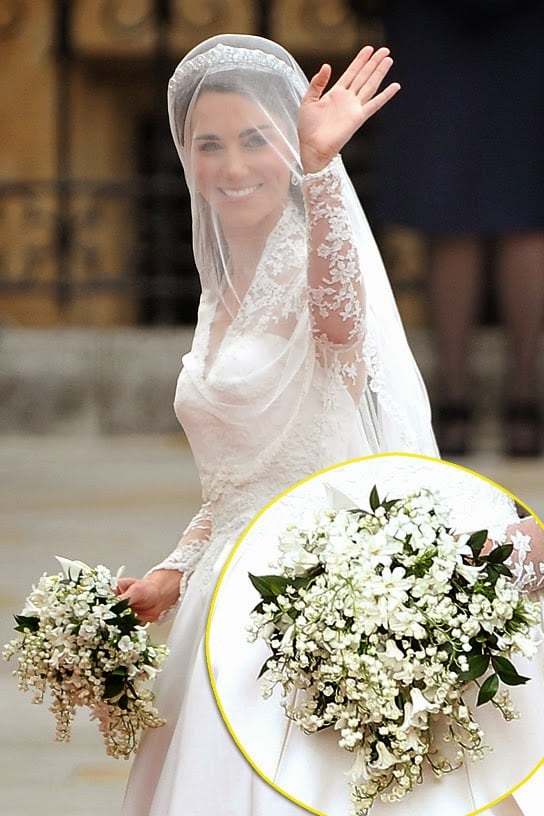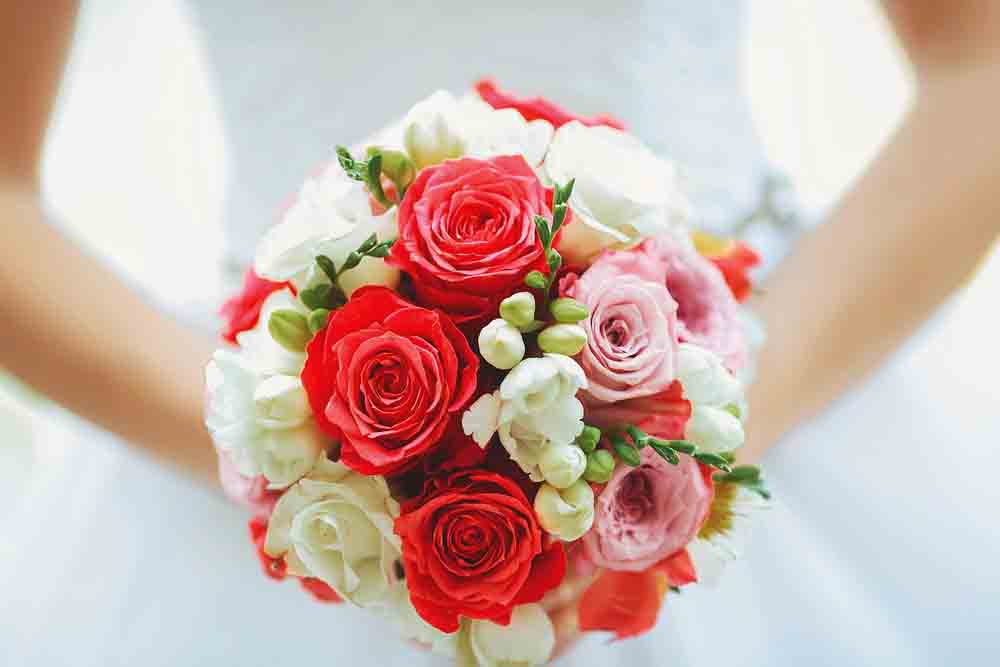May Birth Flower
The May flower is Lily of the Valley.
This low growing perennial plant has small fragrant bell-shaped
flowers and two large oblong lanceolate leaves and bloom in white and is
very poisonous.
Also known as Our Lady’s Tears or Mary’s Tears from Christian legend.
It was believed that these names resulted from the Virgin Mary’s
weeping during Jesus’ crucifixion. Another legend says they resulted
from tears from Eve after Adam pushed her out of the Garden of Eden.
In France, Saint Leonard, a brave and fearless soldier, chose to live
the life of a hermit in order to spend his days communing with God. The
legend says these woods were also where a dragon named Temptation
lived. The two had an encounter where the fire-breathing dragon demanded
Saint Leonard leave the woods and ended up burning down his hut.
Battles ensued and eventually Saint Leonard drove the dragon deeper into
the woods until it disappeared. A lot of blood was spilled in these
battles and the legend says poisonous plants grew where the dragon’s
blood sprinkled the ground and Lilies of the Valley popped out of the
ground wherever Saint Leonard’s blood was spilled.
An odd legend of sorts when you consider all parts of the Lily of the Valley plant are poisonous.
The flower name appears in some translations of The Bible and is also
considered a symbol of humility and the sign of Christ’s second coming.
The Lily of the Valley is also believed to give men the power to
envision an improved world.
The German virgin goddess Ostara is associated with the flower and
symbolized life to Pagans. The symbolism of humility and pureness is
said to be represented in the flower’s white colour and sweet fragrance.
The flower is also called May lily, May bells and ‘muguet’ in French.
Bulgarians know it as ‘momina selza’, which translates to ‘lass’s
tears.’
The scientific name for the plant is ‘majalis’ which means ‘of
belonging to May,’ while the Latin words ‘maius’ (May) and ‘anthemon’
(flower), a reference to when this plant blooms, is how it was named.
The flower also represents the return of happiness and folklore
points to the fondness of a lily of the valley for a bird that returned
to the woods in May, when the flower bloomed.
Pictured above is Princess Kate with her Lily of the Valley bouquet. Although florists don’t regularly keep this beautiful flower in stock with time, it can be ordered. Request a consult here.







